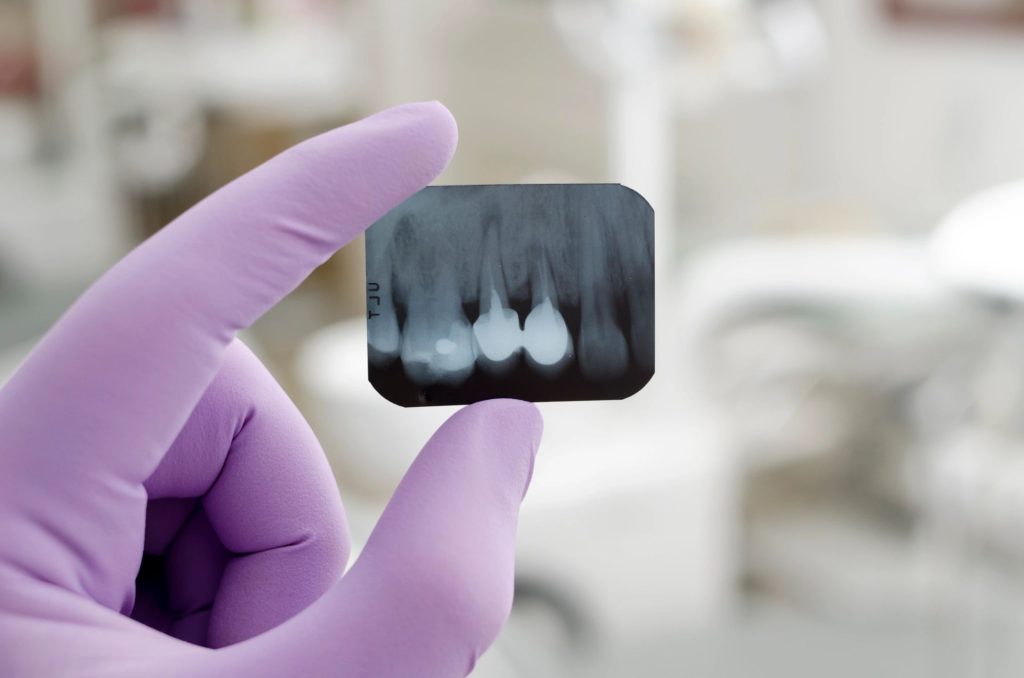A smile design has so many factors that need to be considered both esthetically and functionally. The functional issues are most often determined on the articulator but photos are necessary in determining the esthetics. Whether your sending records for a diagnostic wax up or the case has been prepped and the wax up has been transferred to the mouth, these are six photos that should be sent to the lab. Below I will show each photo and what I as a dental technician am looking at and for with each one.
Full Face Smile Photo
With the full face smile photo I am trying to determine:
- Is there a midline cant?
- Is there an incisal cant?
- Facial asymmetry (Eyes, Earlobes, lip canting, chin deviation, etc.)
- Buccal corridor
- Gingival architecture
Chin to Nose Smile
The chin to nose smile helps determine:
- Teeth length (too long, too short, ideal)
- Gingival architecture (Is crown lengthening beneficial)
- Buccal corridor (Fill, reduce, maintain)
Full Face Reposed
The full face reposed shot helps determine:
- Tooth exposure in the rest position and whether it is appropriate for the patients age
- Do lower teeth show or not
Profile Smile Photo
The profile smile photo determines:
- The labial position of the teeth in the face (Flared, Reclined, Ideal)
Left Lateral View (Retracted or Not)
The left lateral view is used to determine:
- Used to assist in articulation
- Used to assess tooth shape and postion
Right Lateral View (Retracted or Not)
The right lateral view determines:
- Used to assist in articulation
- Used to assess tooth shape and position
These are the photos I ask for with every case, because they help me determine where I would like to go with the design of a cosmetic smile design. These photos help spur conversations between the dentist and dental technician that assist in the best result for the patient.




